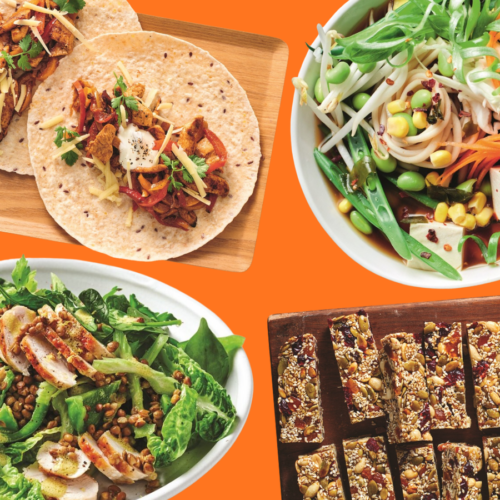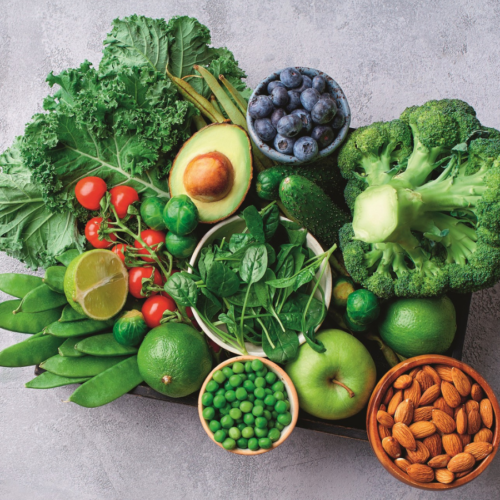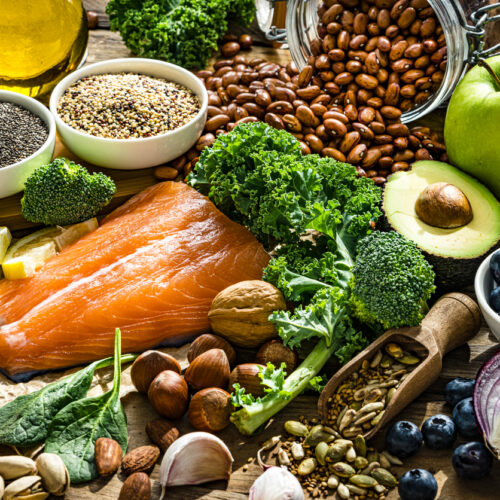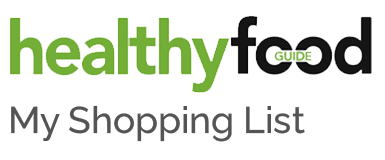
All sorts of food these day are being fortified with extra protein, from milk, yoghurt and bars to chocolate and ice cream. But do we really need to eat so much of it? Cardiff Metropolitan University dietetics lecturer Aisling Pigott investigates.
Protein intake dominates fitness advice. Whether you want to build muscle, improve your fitness or watch your weight, the common advice handed out by everyone from fitness influencers to doctors is that we need more protein.
But while protein does play an essential role in maintaining our muscle mass and overall health, all this increased attention on the importance of protein in the media and fitness circles has sparked a surge in products marketed specifically for their protein content. Some chocolate bars, ice cream, pizza, coffee and even alcoholic beverages now market themselves as protein foods. But our enthusiasm for protein might have gone too far. While protein is certainly important for our health, most of us don’t need these protein-enhanced foods as a regular feature in our diet.
Not to mention that this marketing may lead to a ’halo effect,’ where consumers mistakenly equate high protein content with overall nutritional value.
This effect can lead to the perception of protein-rich foods being inherently nutritious – even though many may not be.
How much protein is enough?
Protein is essential for maintaining muscle mass and immune function. Nutrition guidelines recommend people aim to eat around 0.75g of protein per kilogram of body weight. But some evidence suggests this recommendation may be an underestimate – and that the recommendation should be around 1.2g-1.6g per kg of body weight per day.
There’s also a strong body of evidence that suggests the amount of protein we need changes depending on our health. For instance, people need to eat more protein when they’re recovering from an illness. Research also shows that older adults should be aiming for at least 1.2g per kg of body weight in order to combat age-related muscle loss.
Athletes also need to eat a greater amount of protein to support their training and recovery. Moreover, with the rising popularity of weight-loss drugs, strategies increasingly emphasise protein intake to minimise muscle loss while losing weight. But just because protein is good for maintaining muscle mass, that doesn’t mean more is better. In fact, it seems that even when we consume large amounts of protein, only a some of this is actually used by the body.
Most of us probably need a little more protein than current guidelines suggest, but less than what is often promoted by wellness influencers on social media, with some even suggesting we need up to 3g of protein per kg of body weight.
Ironically, the necessary amount of protein suggested by emerging evidence (1.2g-1.6g per kg of body weight per day) is close to what the average protein consumption is in most western countries.
Most people can probably benefit from being more protein aware – not about how much protein they’re consuming, but about the quality and frequency of their protein choices. Ideally we should aim to consume small amounts of protein-rich foods more often during the day.
Current evidence suggests around 20g-30g of protein (around a handful of a protein source) at each meal supports muscle maintenance alongside physical activity.
Best protein sources
In an ideal world, this protein would come from whole foods such as nuts, seeds, milk, eggs and legumes. But fortified protein products may have their space as a quick and easy snack – especially for those who may struggle to eat this much protein at each meal. It’s important to eat these foods in moderation, however.
Ultra-processed products
Supermarkets are full of ‘protein-enhanced’ products. But while these products may contain additional protein, they may also contain additional sugars or carbohydrates. For example, protein milk often contains double the protein of regular milk. It does this by removing water or adding dried milk. Protein bars are another example. But depending on the brand you choose, alongside their additional protein content they may also be high in sugar.
Many protein-fortified products also fall into the category of ultra-processed foods. Research shows regularly consuming ultra-processed foods is consistently linked with poorer health outcomes – such as cardiovascular diseases and diabetes.
Other nutrients matter
Another issue with protein-enhanced products is that while they do indeed contain extra protein, some products may lack fibre, vitamins and essential minerals. A lack of fibre in modern diets is currently one of the biggest contributors to population-wide ill-health. All foods have their place within a balanced diet. But protein is only one component of overall nutritional health. The rise in protein-fortified foods as health foods is concerning.
Protein-enhanced products are occasional foods that might support meeting protein intake, but they should not be mistaken for universally healthy foods. For people looking to reach their protein goals, choose a variety of protein sources, consider the role of convenience foods within the context of whole diet and think about other nutrients like fibre to really maximise health.
Article sources and references
- Bauer et al. 2013. Evidence-Based Recommendations for Optimal Dietary Protein Intake in Older People: A Position Paper From the PROT-AGE Study Group. J Am Med Dir Assoc. 14(8):542–559.
- Gov.UK. Reports published by the Committee on Medical Aspects of Food and Nutrition Policy (COMA). https://www.gov.uk
- Groenendijk et al. 2024. Discussion on protein recommendations for supporting muscle and bone health in older adults: a mini review. Front Nutr. 11:1394916.
- Kokura et al. Enhanced protein intake on maintaining muscle mass, strength, and physical function in adults with overweight/obesity: A systematic review and meta-analysis. Clin Nutr ESPEN. 63:417–426.
- Lee et al. 2021. The effect of higher versus lower protein delivery in critically ill patients: a systematic review and meta-analysis of randomized controlled trials. Crit Care. 25:260.
- Mardi et al. 2023. Potential of macronutrients and probiotics to boost immunity in patients with SARS-COV-2: a narrative review. Front Nutr. 10:1161894.
- McKeon & Hallman. 2024. Front-of-Package Protein Labels on Cereal Create Health Halos. Foods. 13(8):1139.
- McKenon G. 2019. Consumer Perceptions of the Healthfulness of Protein-Labeled Cereal. J Nutr Educ Behav. 51:S35.
- Phillips et al. 2016. Protein "requirements" beyond the RDA: implications for optimizing health. Appl Physiol Nutr Metab. 41(5):565-572. Erratum in: Appl Physiol Nutr Metab. 2022 May;47(5):615.
- Smith et al. 2024. Meeting the global protein supply requirements of a growing and ageing population. Eur J Nutr. 63(5):1425-1433.
www.healthyfood.com










